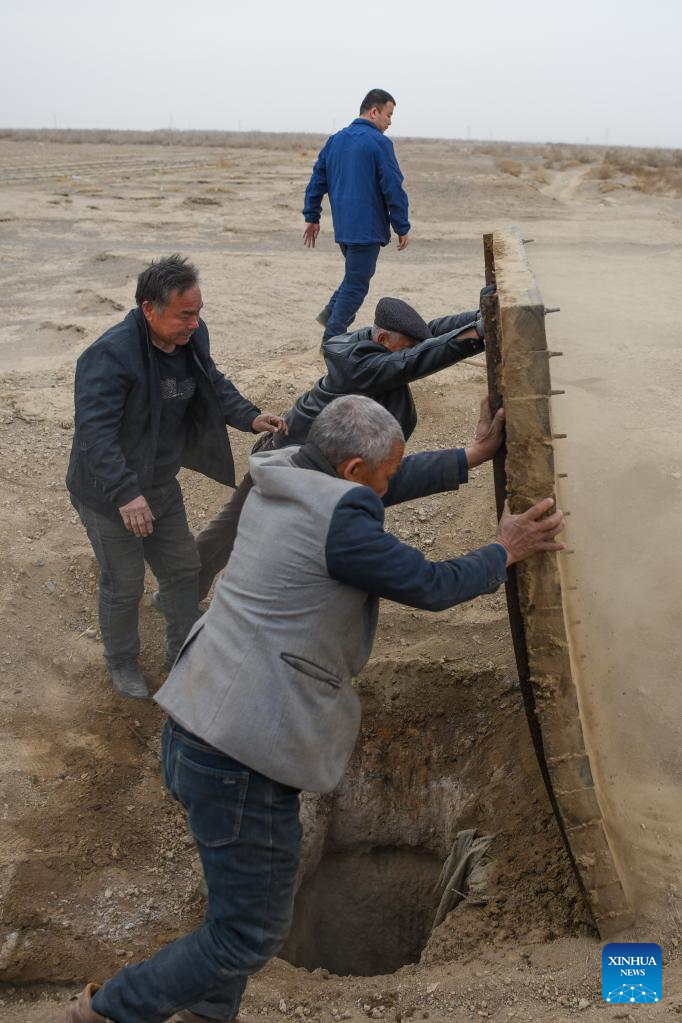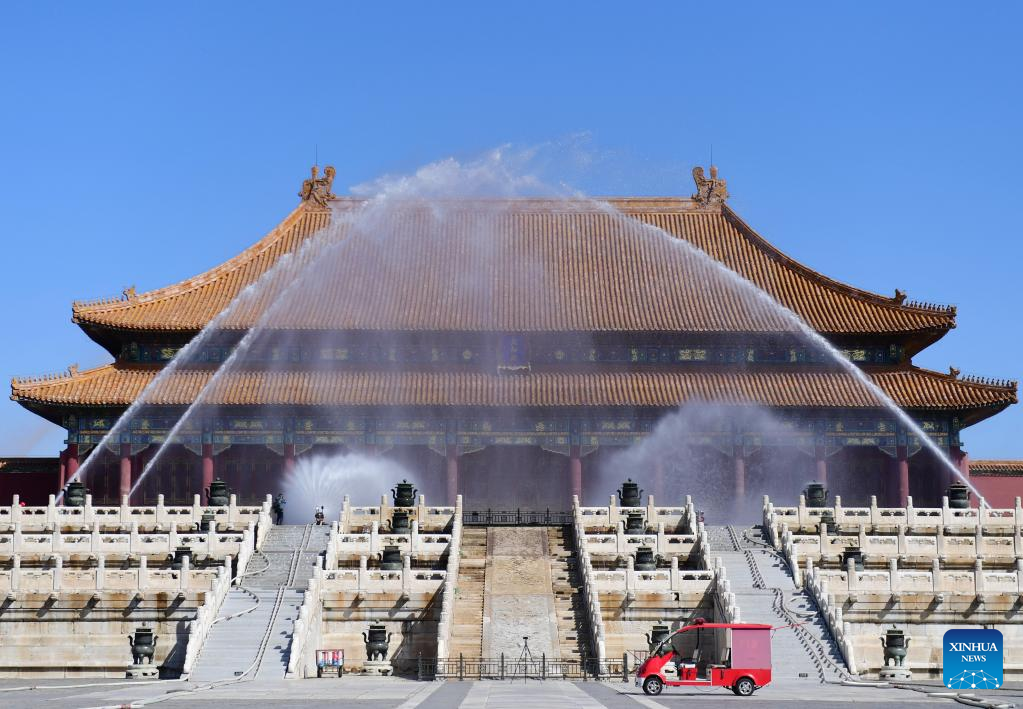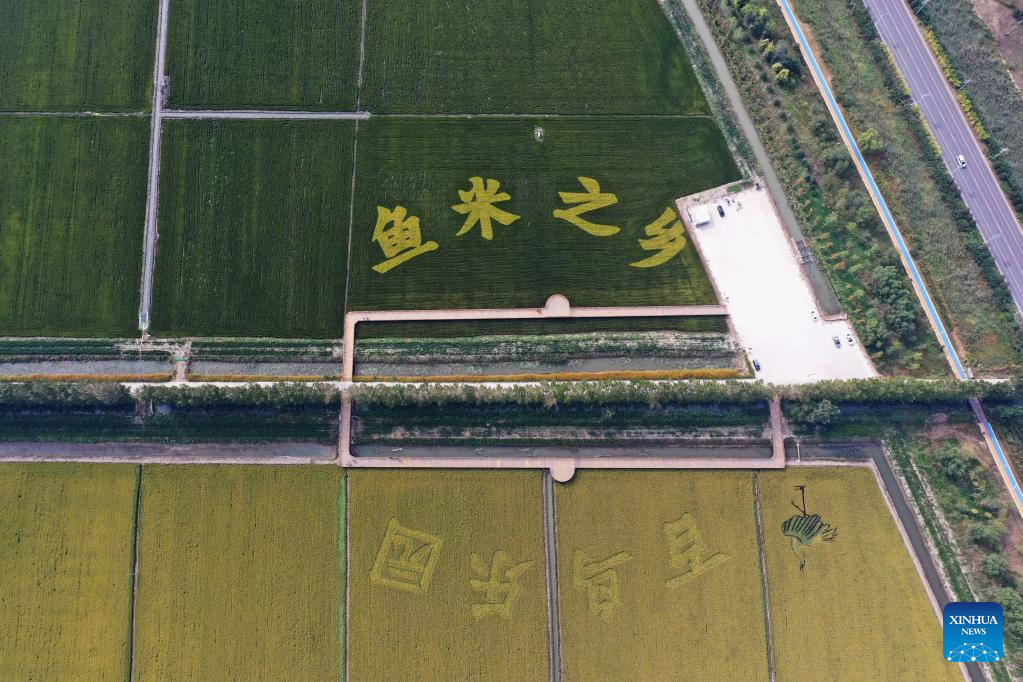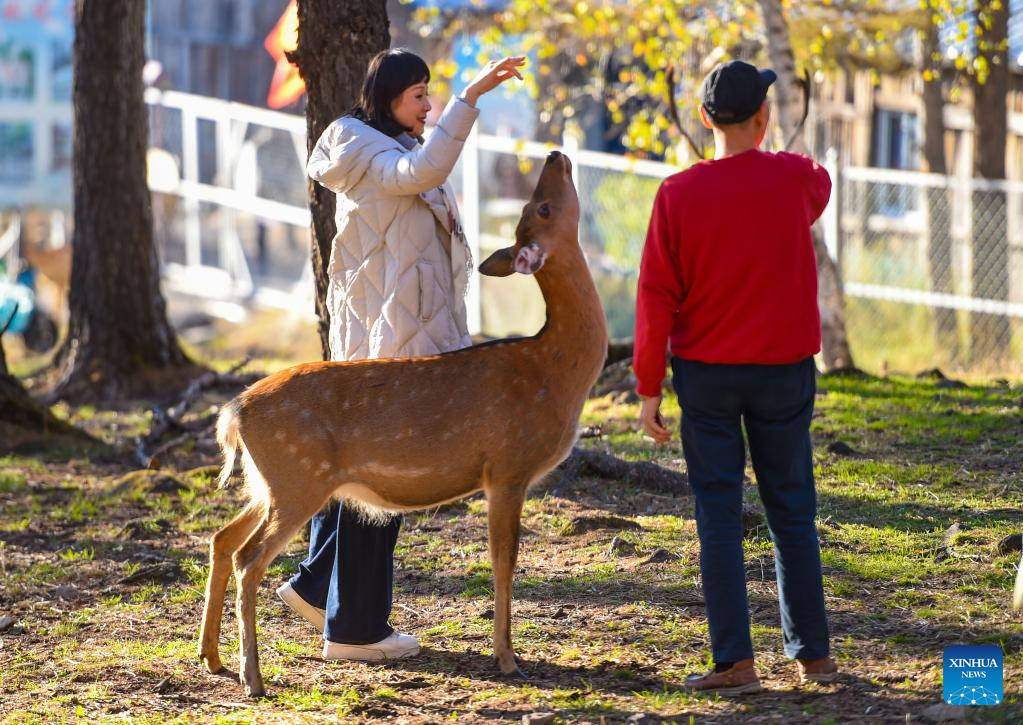
Dredging workers open the cover of a vertical shaft of a karez well in Turpan, northwest China's Xinjiang Uygur Autonomous Region, March 9, 2023. Located at the southern foot of the Tianshan Mountains, Turpan in Xinjiang Uygur Autonomous Region is one of the driest and hottest places in China, with an average annual precipitation of only 16 millimeters and evaporation of up to 3,000 millimeters. In order to make this vast Gobi into a comfortable and livable oasis, the local people found new way as water reserve in karez well, an invention that provides water source from generations on.
The karez wells consists of vertical shafts and subterranean canals that surface in the form of ditches and small ponds. The karez irrigation system, composed of vertical shafts, subterranean and ground canals, and small reservoirs, was built 2,000 years ago and is considered one of China's greatest surviving ancient man-made structures, along with the Great Wall and the Grand Canal.
Over the years, the local government has mobilized and organized the broad masses of farmers to protect the karez wells, and a joint force is formed to protect and make better use of the karez wells.
An important agricultural heritage, the karez wells are still playing an important role in local agricultural irrigation and even social life. (Xinhua/Ding Lei)








